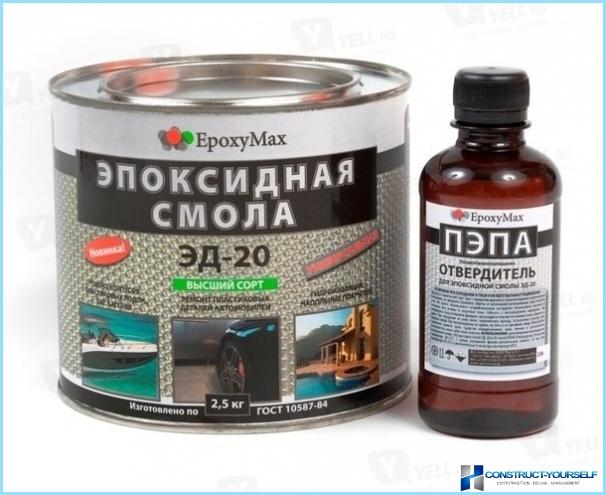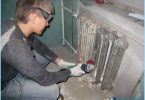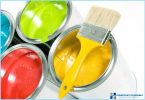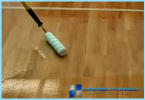The contents
Some paint substances is unable to harden yourself. For this they need special polymerizing the components that will trigger the polymerization reaction. It is widely used to create various compositions and other decorative and building tasks. And the polymerizing substance in such purposes is referred to as a hardener.
The purpose and features ↑
Regular paint substances solidify by evaporation of the liquid. However, for some paints and epoxies such a process is impossible. Their rejection — the process of chemical reaction in which a substance polymerizes and acquires a stable structure.
However, the hardener is not a catalyst reaction, and its a full-fledged member. It is connected with matter, causing it to polymerize. It is therefore important to adhere to the dosage with independent use of hardener, because the ratio depends on the final quality of the product (consistency, transparency, hardness and durability).
The properties of the curing agent depends on its chemical composition. Different formulations are used for different type of epoxy resins with different curing conditions, durability and other factors. Therefore, it is necessary to choose the appropriate hardener, which is suitable under the existing brand of the substance.
The types of curing agents ↑
There are many types of hardeners used for different compositions of resin. They differ in composition that affects the intensity of solidification, the future structure of the resin, its physical properties and on other aspects. Now there are several types of these substances:
- Acid type. To include a variety of dicarboxylic acids and their anhydrides. For performing the polymerization reaction of these curing agents appropriate temperature conditions (200 °C). This group is also referred to as curing agents hot rejection.
- Amine type. Treat him different amines, the most simple and popular option for epoxy resins. Amine substances allow the resin to solidify at normal temperature, so its use does not require special equipment.
Although the amine type is more common, most effective results are obtained using acidic curing agents. Epoxy resin hot curing get the best physical and chemical properties, which affect their reliability and lifetime.
Among the most common substances of amine group for the cure:
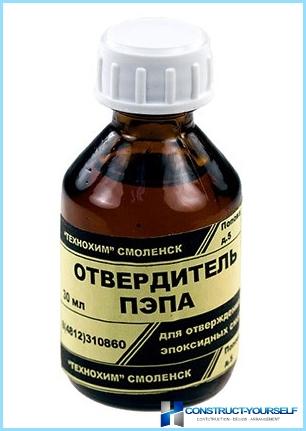
- The polyethylene polyamine (PEPA)
- Triethylenetetramine (THETA)
- Aminoacridine
- Polyamines
Last two types types of substances used for intensive curing.
Among the acid groups celebrate different anhydrides of dicarboxylic acids, among which are:
- Phthalic
- Maleic
- Methylendioxy
- Methyltetrahydrophthalic
- Hexahydrophthalic
And others like them. Products using the curing agents of the acid groups, have good dielectric properties, resistant to heat and moisture. Therefore, they are often used for electrical insulation or as a binding element for reinforced plastic.
Various types of curing agents have different effectiveness, which affects the characteristics of the resin. Therefore it is necessary to find a suitable option that enables you to obtain optimal results.
How and in what proportions to dissolve the epoxy resin and hardener ↑
The process of mixing epoxy resin with hardener directly affects the final result. Therefore, it is necessary to carefully measure out everything, to find the optimal proportions and achieving the optimum state of the mixture. This requires the following tools:
- The vessel for mixing
- Two syringes
- Stick for stirring
And the epoxy resin with the curing agent. They often come together, so must match each other. It is also necessary to know in advance the ratio of these two components to achieve an optimal result. Although it may be slightly different, often for 100g of resin consumed 10-15g of hardener.
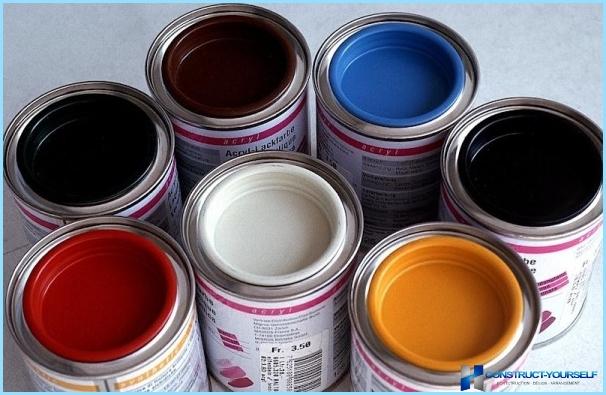
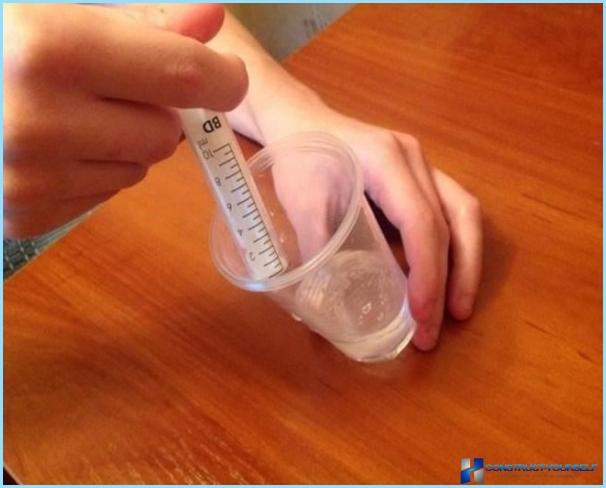
- The first syringe is typed in epoxy resin and placed in a Cup. You need to pre-measure the proportions and the balance of nutrients necessary to work.
- In the second stage, the second syringe recruited hardener and sent in the same vessel. You must consider the proportions and gradually empty the syringe. You need to mix in that order, it will increase the life of the mixture.
- Thereafter, the mixture is thoroughly mixed without the use of electrical tools. It is necessary to achieve complete homogeneity, because it will affect the characteristics of the resulting hardened resin.
The mixture is applied to the desired area and gradually hardens.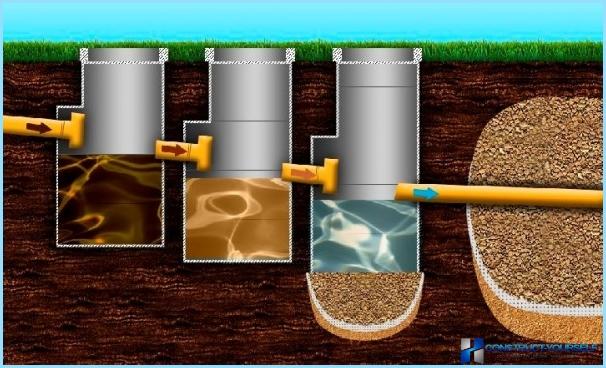
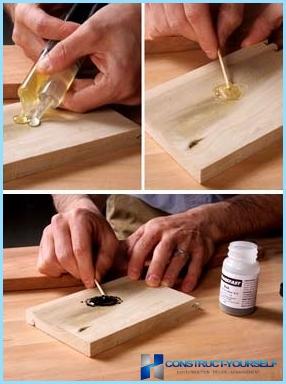
Although the mixture hardens long enough, it can be used a short period of time. In a few minutes will start the process of polymerization, after which the change of structure affect the characteristics of matter.
Mixing of hardener and paint are identical. However, the period of curing of coating materials less, so it is necessary to apply them. When working with spray it is better to use lighter trains, which will reduce the load on the tool.
How can I replace the hardener ↑
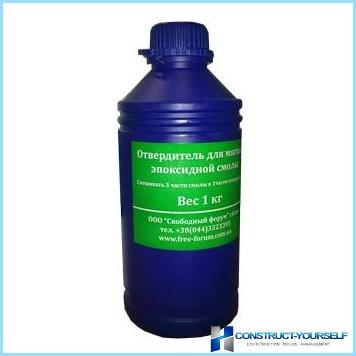
Although the hardener is sold in one package with the resin for their joint use, sometimes it is not enough. This is due to the fact that the exact dosage of without the syringe to observe quite difficult. However, to find in the market a separate curing agent is extremely difficult, because the popular brand of this substance are rarely available for sale.
At home curing agent does not replace. Handy tools don’t fit, you must purchase the appropriate chemicals — a little-known hardeners. You can find the following options:
- Etal-45M
- CHS-Hardener P-11
- Telalit 410
- Industrial diethylene triamine
They are easier to find on the market, but the use of these substances may partially differ from the use of polyethylene polyamine. It is recommended to verify dosage of the test method and to choose the optimal ratio to the resin.
And for more detailed familiarization with the preparation of the epoxy resin and its use is recommended to watch the following video:

